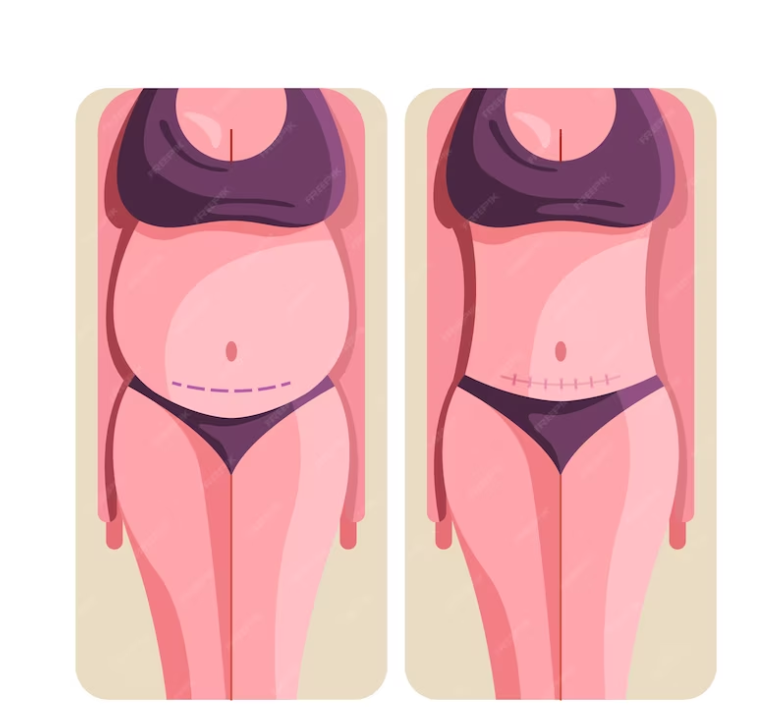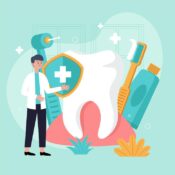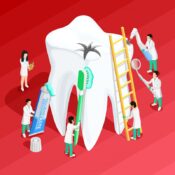
Common Sites for Keloid Formation: Where Do Keloids Typically Occur?
If you’ve ever had a keloid, you know how bothersome they can be. These raised scars have a knack for showing up unexpectedly and in some not-so-fun places. But have you ever wondered where keloids are most likely to pop up on your body? Let’s take a closer look at some of the common sites for keloid formation and why they tend to appear in these areas.
Earlobes and Cartilage
One of the top spots for keloids is the earlobes, especially after getting your ears pierced. Keloids can also form on cartilage piercings, like those in the upper ear or nose. The tight skin and cartilage in these areas make them more prone to developing keloids.
Shoulders and Upper Back
Keloids are no strangers to the shoulders and upper back, especially in folks with darker skin tones. These areas are prone to keloids due to the skin’s tension and movement, along with the higher concentration of collagen-rich tissue.
Chest and Sternum
Another common area for keloids is the chest and sternum, often after surgeries, acne scars, or burns. If you’ve got a family history of keloids or are genetically predisposed, these spots might be more likely to form keloids.
Upper Arms
Watch out for keloids on your upper arms, especially near the shoulders. They can pop up after injuries, surgeries, or even vaccinations in this area.
Lower Legs and Ankles
Keloids aren’t shy about appearing on your lower legs and ankles, especially if you’ve got darker skin. Surgical scars, injuries, or skin conditions like acne or folliculitis can trigger keloids in these parts.
Abdomen and Midsection
Even your abdomen and midsection aren’t safe from keloids, especially after surgeries or C-sections. If you’ve had keloids before or have a family history, keep an eye on these areas.
Preventing Keloids
While you can’t always stop keloids from forming, there are things you can do to lower your risk:
- Be cautious with piercings and tattoos, especially if you’re prone to keloids.
- Take good care of cuts, burns, or injuries to your skin to help them heal properly.
- Think about alternative procedures for cosmetic treatments, like laser therapy, which might be less likely to trigger keloids.
In Conclusion
Keloids can show up almost anywhere on your body, but certain spots are more prone to them because of factors like skin tension, genetics, and past injuries. By understanding where keloids tend to form and taking steps to prevent them, you can hopefully avoid dealing with these pesky scars.
To seek medical advice, always consult a Doctor. Here are our recommended EXPERTS. Click here
To read more on SKIN. Click Here



